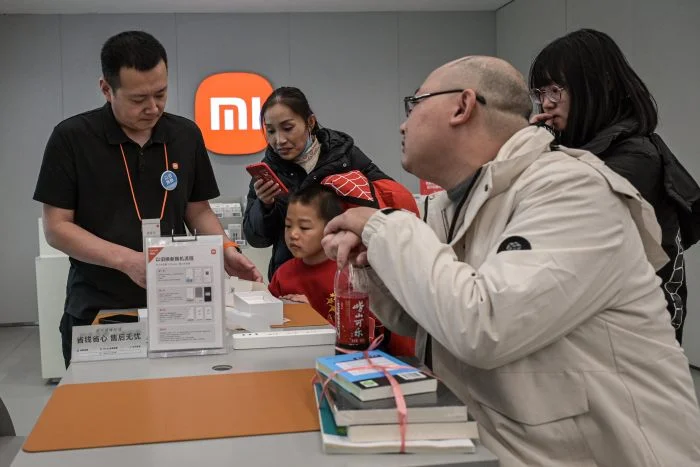
Xiaomi Eyes Chip Self-Sufficiency with $7 Billion Investment and XRing 01 SoC
In a bold move signaling intensified efforts towards semiconductor self-sufficiency, Chinese tech giant Xiaomi has announced a significant $7 billion investment in chip design over the next decade. This commitment, coupled with the unveiling of their new 3-nanometer XRing 01 system-on-chip (SoC), underscores Xiaomi's ambition to reduce reliance on foreign suppliers amidst ongoing U.S. trade tensions.
Xiaomi CEO Lei Jun revealed the ambitious plan, highlighting the company's dedication to home-grown technology. The 50 billion yuan investment, commencing in 2025, aims to bolster Xiaomi's capabilities in chip design and manufacturing. The announcement coincides with the launch of the XRing O1, a cutting-edge SoC poised to power Xiaomi's upcoming smartphones and potentially other devices. This is not Xiaomi's first attempt at designing their own SoCs, with the Surge S1 released in 2017, though the research and development of SoCs was suspended afterwards due to various reasons and setbacks.

The XRing O1 is based on a 3nm manufacturing process, placing it on par with Apple's A18 Pro chips expected in the iPhone 16 Pro and Pro Max. This advanced process allows for increased transistor density and improved power efficiency. Leaked information suggests that the XRing 01 features a decacore configuration, coupling two Cortex-X925 prime cores at 3.9 GHz, four Cortex A725/X4 cores running at 3.4 GHz, two Cortex A720/A725 cores at 1.89 GHz, and two efficiency-focused Cortex A520 cores at 1.8 GHz. This impressive setup looks to deliver performances comparable to MediaTek's Dimensity 9400 SoC.
While Qualcomm has been the primary SoC supplier for Xiaomi's flagship smartphones through its Snapdragon-branded semiconductors, the XRing O1 represents a strategic move towards greater control over hardware and software integration. Qualcomm CEO Cristiano Amon downplayed the potential impact on their business, stating, "We remain a strategic supplier of chips for Xiaomi, and most important, I think Qualcomm Snapdragon chips are used in the Xiaomi flagships and will continue to be used in the Xiaomi flagships."

In addition to the CPU, the XRing 01 is rumored to feature a 16-core Mali G925 GPU, a significant upgrade compared to the 12-core version found in the Dimensity 9400. This should help bridge the gap between Qualcomm’s Adreno 830 in the Snapdragon 8 Elite. Xiaomi will still need to source or design its own ISPs, modems and NPUs.
Xiaomi's bold investment and development of the XRing 01 mark a significant step towards chip self-sufficiency. Will this move empower Xiaomi to create more differentiated and competitive products? What impact will this have on the broader semiconductor landscape, especially regarding Qualcomm and MediaTek? Share your thoughts and predictions in the comments below.